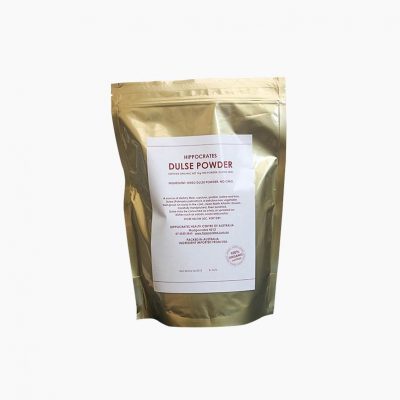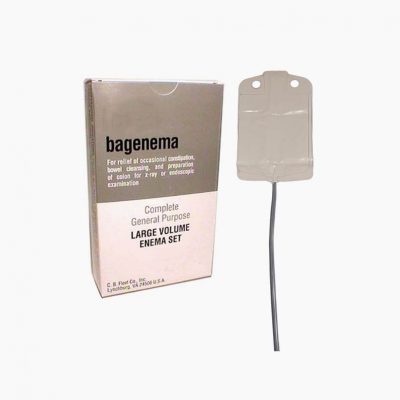
Prostate Treatment, Fracture and Death
Men who undergo a hormone deprivation treatment for prostate cancer are significantly more likely to suffer fractures, and men who suffer fractures are significantly more likely to die, according a study conducted by researchers from the Cancer Institute of New Jersey, the University of Medicine and Dentistry of New Jersey and Robert Wood Johnson Medical School and published in the journal BJU International.
Our findings suggest that treating men having a high baseline risk of fracture with long-term androgen deprivation therapy may have serious adverse consequences,” senior author Grace Lu-Yao said.
The study focused on a prostate cancer treatment known as androgen deprivation therapy (ADT), which is often used in men who are considered poor candidates for radiation therapy or surgery. The goal of ADT is to starve the tumor of the hormones that it uses for growth, thereby slowing or halting its progression. Yet studies have shown that ADT appears to increase the risk of bone fractures and other skeletal problems, such as lowered bone mineral density.
The researchers analyzed medical and demographic information from the Surveillance, Epidemiology, and End Results (SEER)-Medicare linked database on 75,994 men over the age of 65 who had been diagnosed with localized prostate cancer between 1992 and 2007. Based on the presence or absence of certain medical conditions (including diabetes, liver disease, paralysis, and alcohol and cigarette use) within one year before cancer diagnosis, the researchers rated the men for risk of skeletal complications such as fracture.
During the 12 years following ADT, more than 58 percent of the men classified as high risk developed a fracture, in contrast with only 38 percent of the men classified as low risk. The researchers also found that men at high risk were actually more likely to be assigned to ADT than men at low risk, and that men who received ADT alone typically received a higher dose of hormone-suppressing drugs than men who received ADT in combination with other therapies.
Among men who received a fracture, the risk of death for the following two years was 40 percent higher than for comparable men in the fracture-free group.
Lose weight healthfully. See Ann Wigmore’s RECIPES FOR LONGER LIFE.




